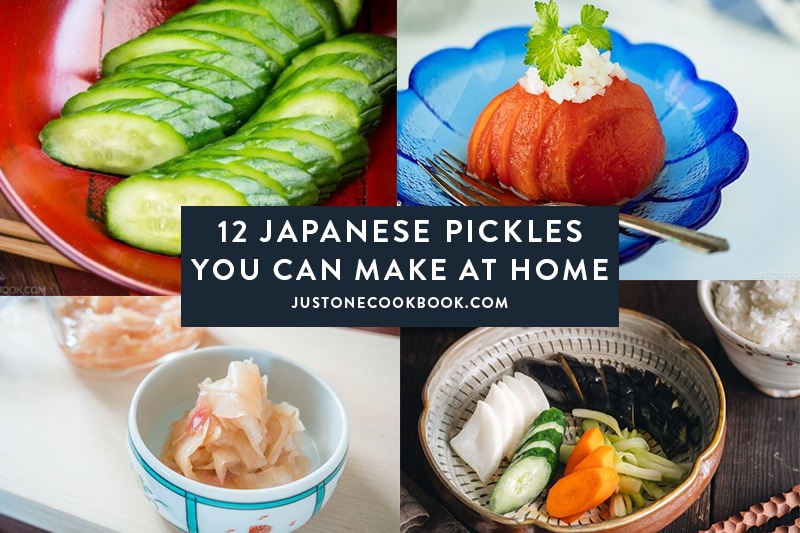
Turn your summer vegetables into delicious Japanese pickles with these classic recipes! From pickled ginger, quick pickled cucumber to pickled tomatoes, you can easily adapt the time-honored Japanese pickling techniques for any fresh vegetables.

We have reached the tipping point of summer now. Do you find your kitchen counter being taken over by vegetables you’ve eagerly hauled from the farmers’ markets? Those of you with a garden – are cucumbers and cabbages overspread the plot faster than you could pick them?
If you’re wondering what to do with all these vegetables, fret not. We’ve put together 12 Japanese pickle recipes that are not only delicious but will also help take care of the bountiful produce.
Known as tsukemono (漬物), Japanese pickles are palatable, crunchy and brimming with a sweet-tart flavor. If you haven’t tried Japanese-style pickles before, this is a fun place to start.
PS: You may also want to have a read of Tsukemono: A Guide to Japanese Pickles for an overview before you get started. We wish you a lot of fun venturing into the world of Japanese pickles!
12 Japanese Pickles You Can Make At Home
1. Shiozuke (Salt Pickling)
Shiozuke is the simplest Japanese pickle to start with. You can literally use almost any vegetables – cucumbers, carrots, eggplant, daikon, celery – with this salt pickling method. There’s plenty of tips and easy-to-follow guides in the post. Put your vegetables to work today and enjoy the pickles with Japanese steamed rice and miso soup!
2. Pickled Cucumber
If you prefer quick pickling, this is the recipe to follow. You can choose to pickle the cucumbers as quickly as 2 hours or up to 2 days. Japanese cucumbers or Persian cucumbers are best since they are so much more crunchy. Serve this quick pickle as a refreshing counterpart to your grilled dishes.
3. Misozuke (Miso Pickling)
Yes, you can pickle your seasonal vegetables with miso. Known as Misozuke, this miso pickling method helps preserve the ingredients for a long time. While it’s common to use bold-flavored miso like red miso for pickling, any kind of miso would work. The result is unmistakably umami, and so good with plain steamed rice!
4. Shoyuzuke (Soy Sauce Pickling)
Shoyuzuke (醤油漬け) is to pickle ingredients in soy sauce-based agent. It is another Japanese pickling technique that one could easily master at home. Try it on your favorite greens like bok choy, Japanese mustard spinach or turnip tops. After pickling, the vegetables can be enjoyed straight from the refrigerator or at room temperature.
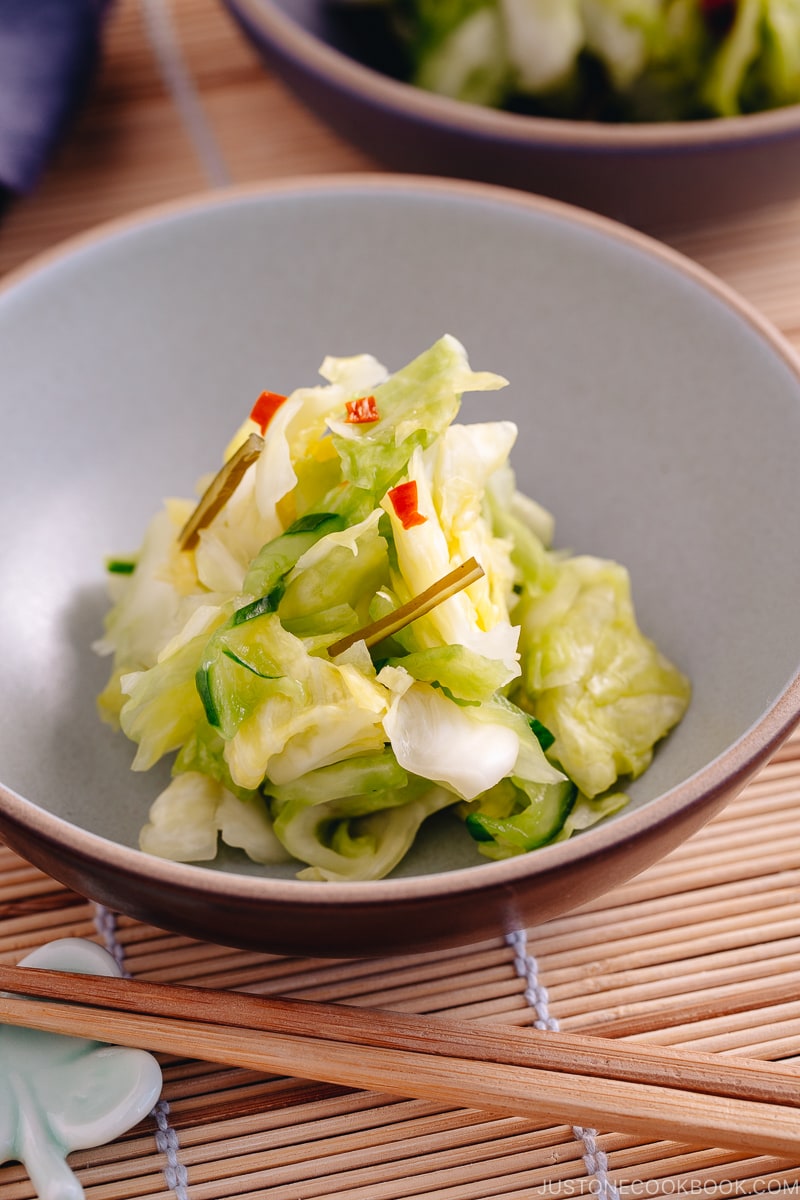
5. Pickled Cabbage
This pickle will put your whole head of cabbage and extra cucumber into good use. Brined in salt, kombu and chili flakes, the palate-cleansing Pickled Cabbage (tsukemono) makes a perfect accompaniment to a traditional Japanese meal.
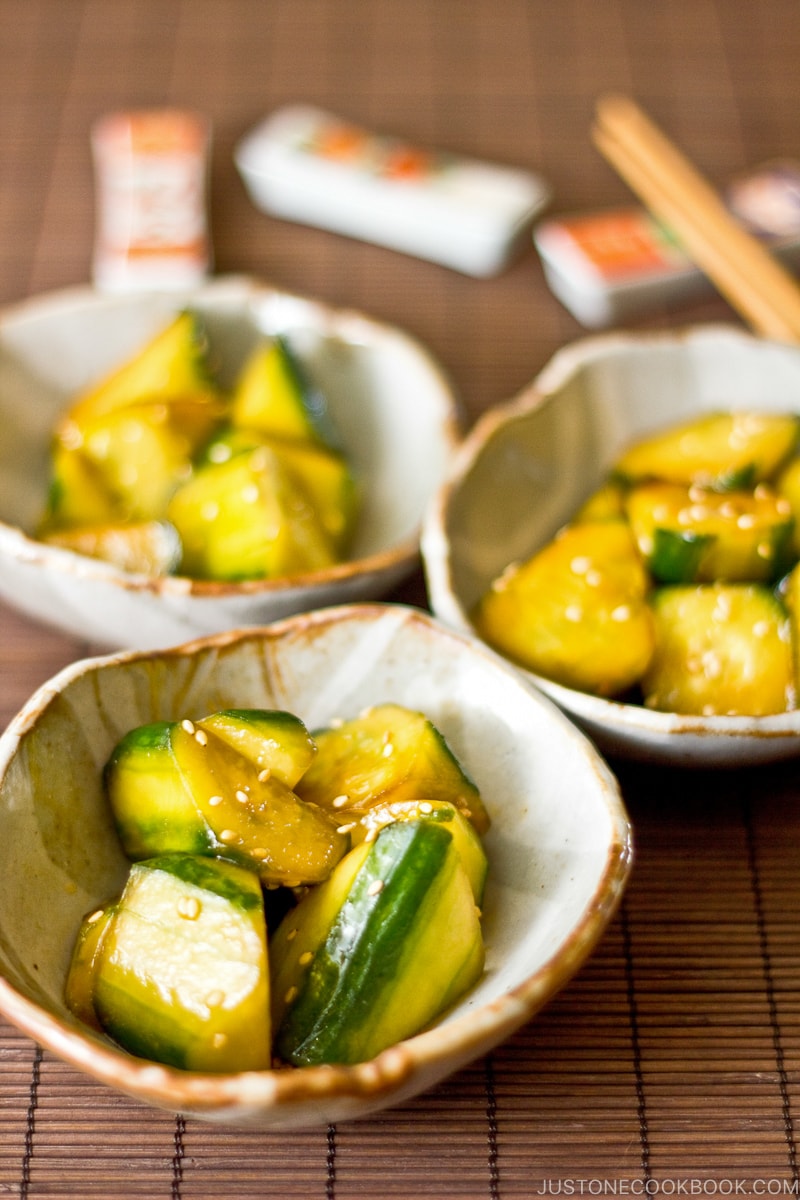
6. Japanese Pickled Cucumbers
Anyone who is new to pickling will be able to tackle this recipe. You will need only simple seasonings like salt, soy sauce, sugar, and sesame oil. Here, the cucumber is cut into deliberate cubes using Japanese cutting technique to better absorb flavors. Once pickled, keep the cucumbers in the fridge for 1-2 hours and you’ll have a crunchy, refreshing side to go with your dinner.
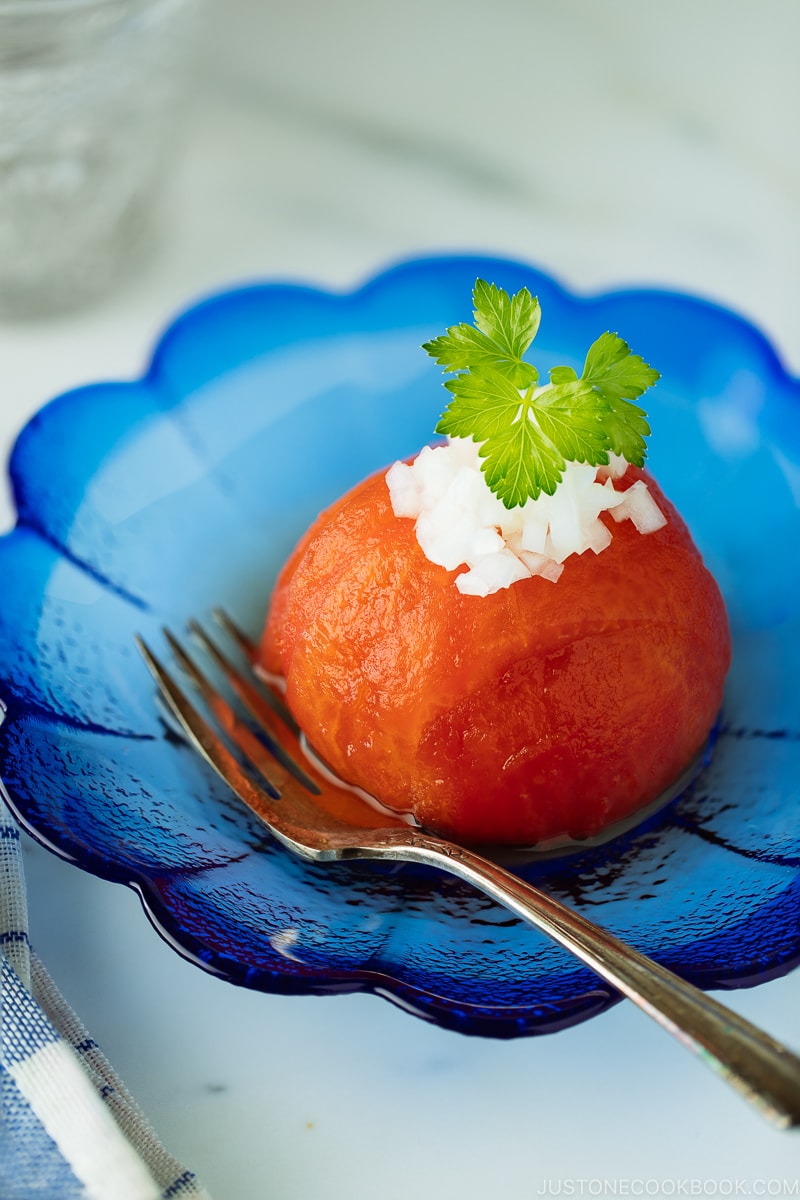
7. Pickled Tomatoes
Reserve the extra tomatoes you’re going to make into soup for this Japanese-style pickled tomatoes! Marinated in dashi-infused vinegar, they add a pop of color and make a refreshing side to serve with your meal.
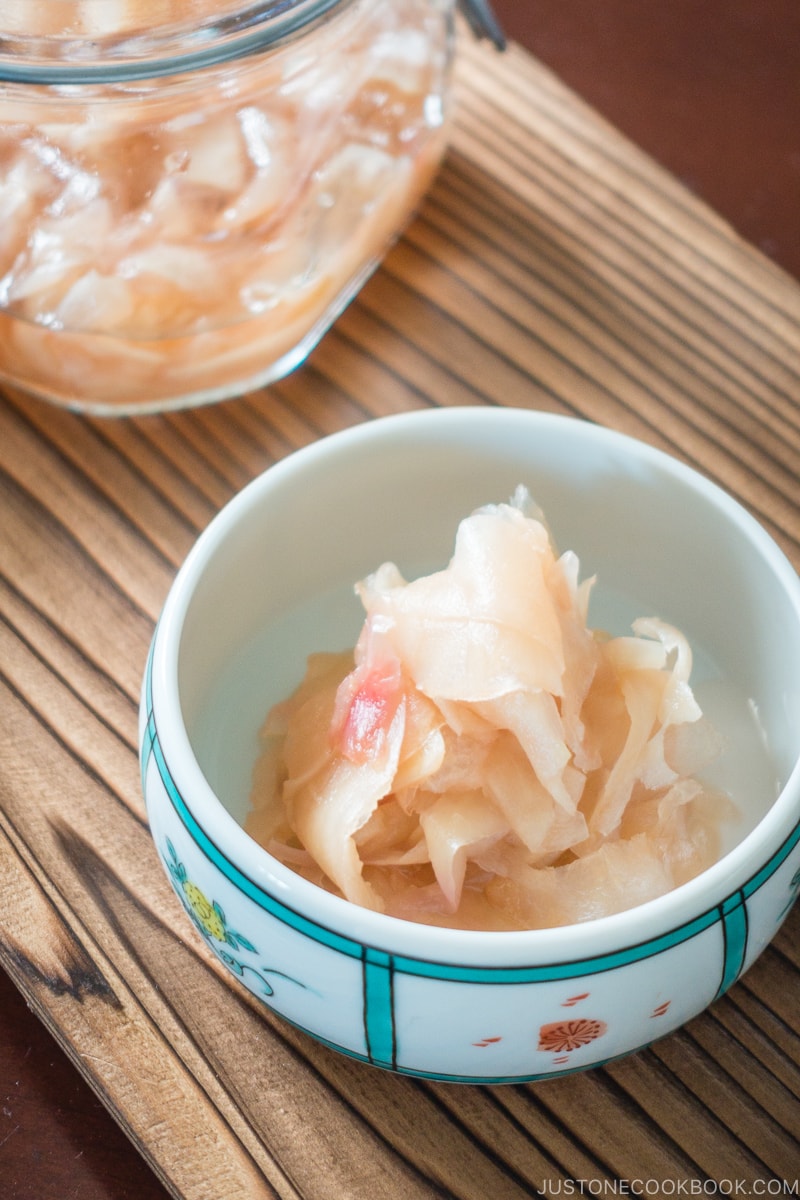
8. Pickled Ginger (Gari)
Often served and eaten as part of your sushi meal, pickled ginger (known as Gari in Japanese) is perfect for cleansing the palate. The store-bought stuff often artificially dyed pink, so it’s worth making your own at home. Look for young ginger at your farmers’ market or Asian grocery store. Beyond sushi and sashimi, it is delighful with rice bowls too!
9. Kasuzuke (Sake Less Pickling)
Made with sake lees, the leftover from the refining process of sake production, Kasuzekue is a traditional Japanese pickle that represents the essence of Japanese cuisine. You can pickle any common vegetables such as cucumber, carrot, turnip, daikon, eggplant, ginger using sake-less. It may sound complicated, but the process of kasuzuke is quite simple. Play with different ratio of ingredients and create your own versions of pickles.
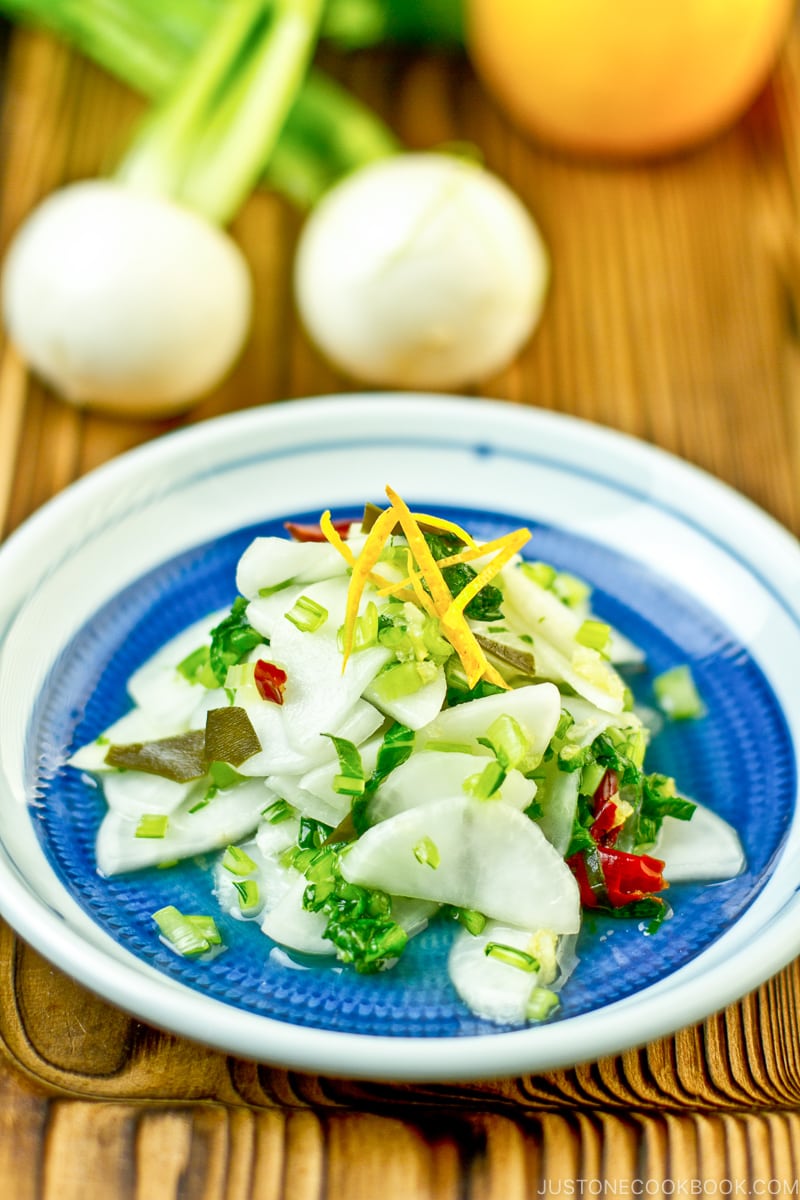
10. Pickled Turnip with Yuzu
This pickled turnip employs a shallow pickling technique known as Asazuke. Most Japanese home cooks favor asazuke as it allows you to pickle vegetables in a short period of time. You can also use cucumbers, daikon, napa cabbage, and eggplant with this pickle recipe. Yuzu adds an aromatic citrus flavor to the pickles. Sub with lemon zest and juice if you cannot find yuzu in your area.
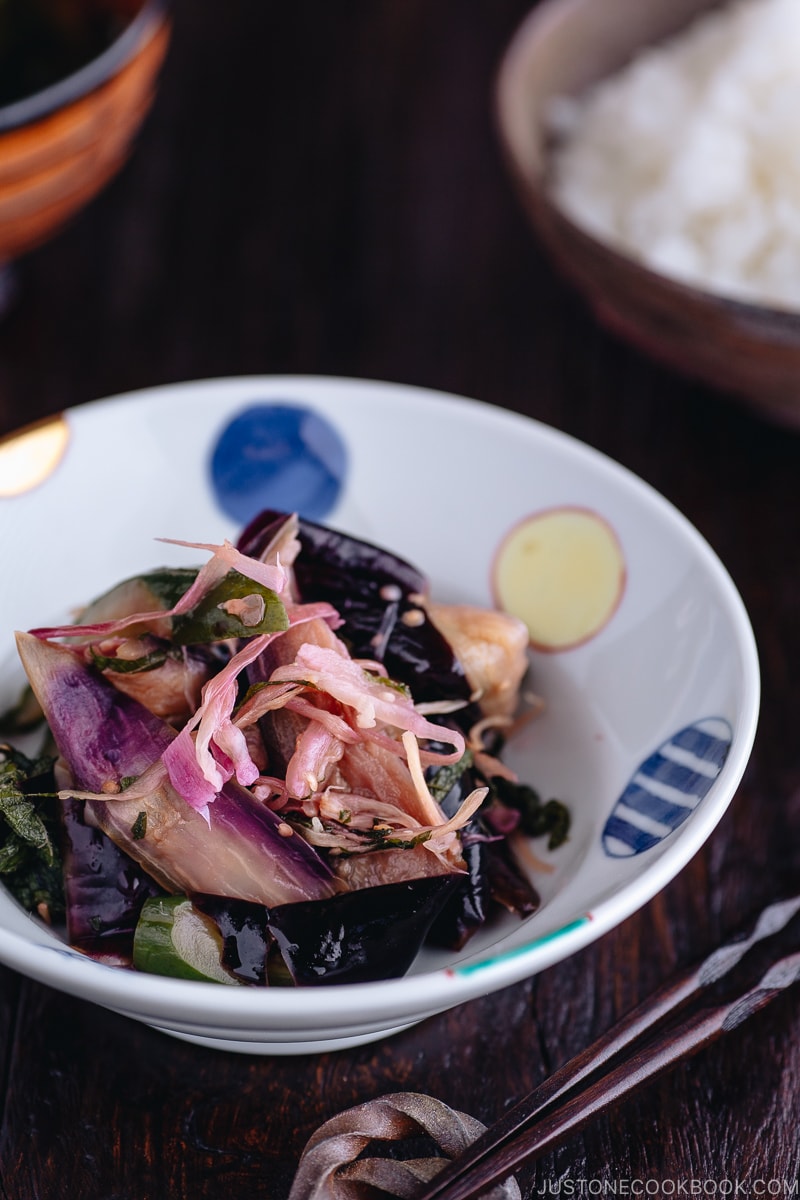
11. Shibazuke Pickles
Shibazuke is a popular pickle originated in Kyoto. The salty and slightly sour pickles have beautiful natural purple color from purple shiso leaves. They are absolutely wonderful with steamed rice or Ochazuke. The ingredients can be hard to find, but look out for it since you might have a chance to taste the pickles when you visit Japan.
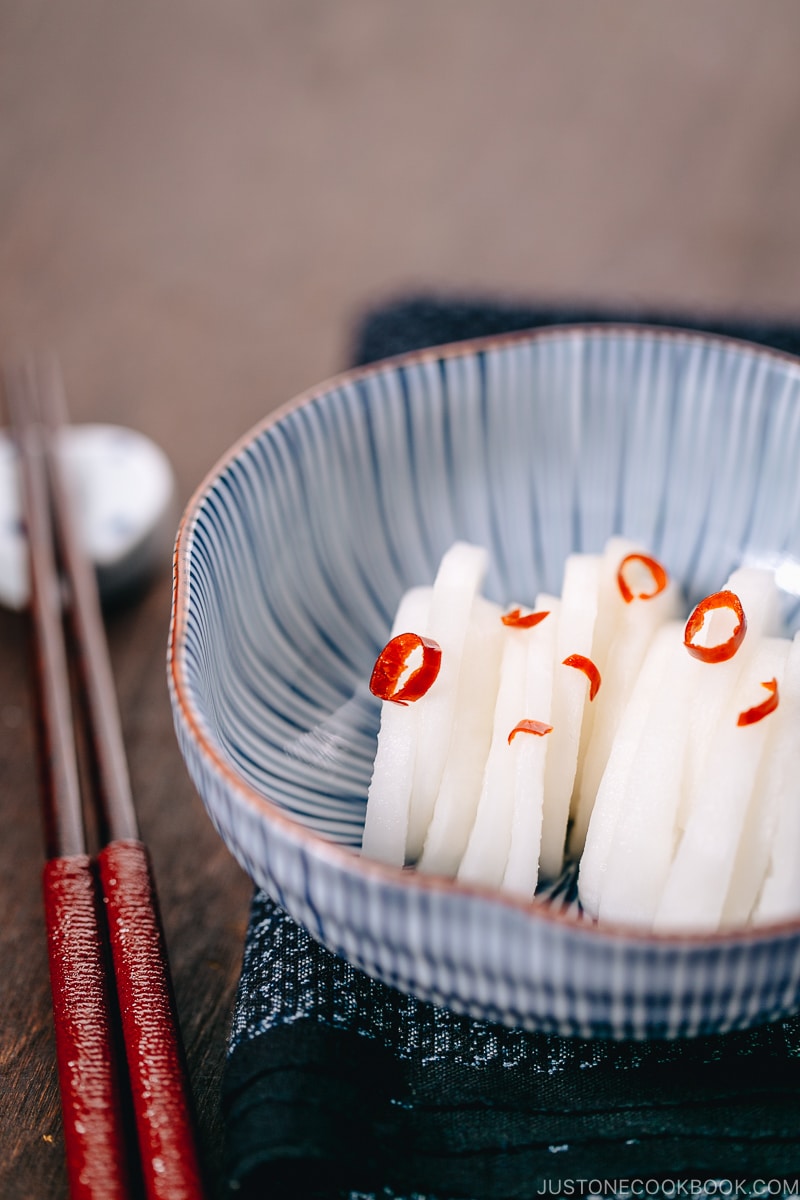
12. Pickled Daikon
When you are getting another daikon in your CSA box, the easiest solution is to pickle it. The peppery daikon will mellow out nicely with a sweet and salty flavor. The pickling agents include only rice vinegar, sugar, and salt. You will end up with slightly sweet, tangy and refreshingly crunchy pickled daikon that you’d enjoy in every meal.
Will you try your hand at making Japanese pickles? If you tried any of the above pickles, tell us how it went in the comments below!
Sign up for the free Just One Cookbook newsletter delivered to your inbox! And stay in touch with me on Facebook, Pinterest, YouTube, and Instagram for all the latest updates.
from Merah Hati Cintaku https://ift.tt/2KjB5pD
via merahhaticintaku.blogspot.my
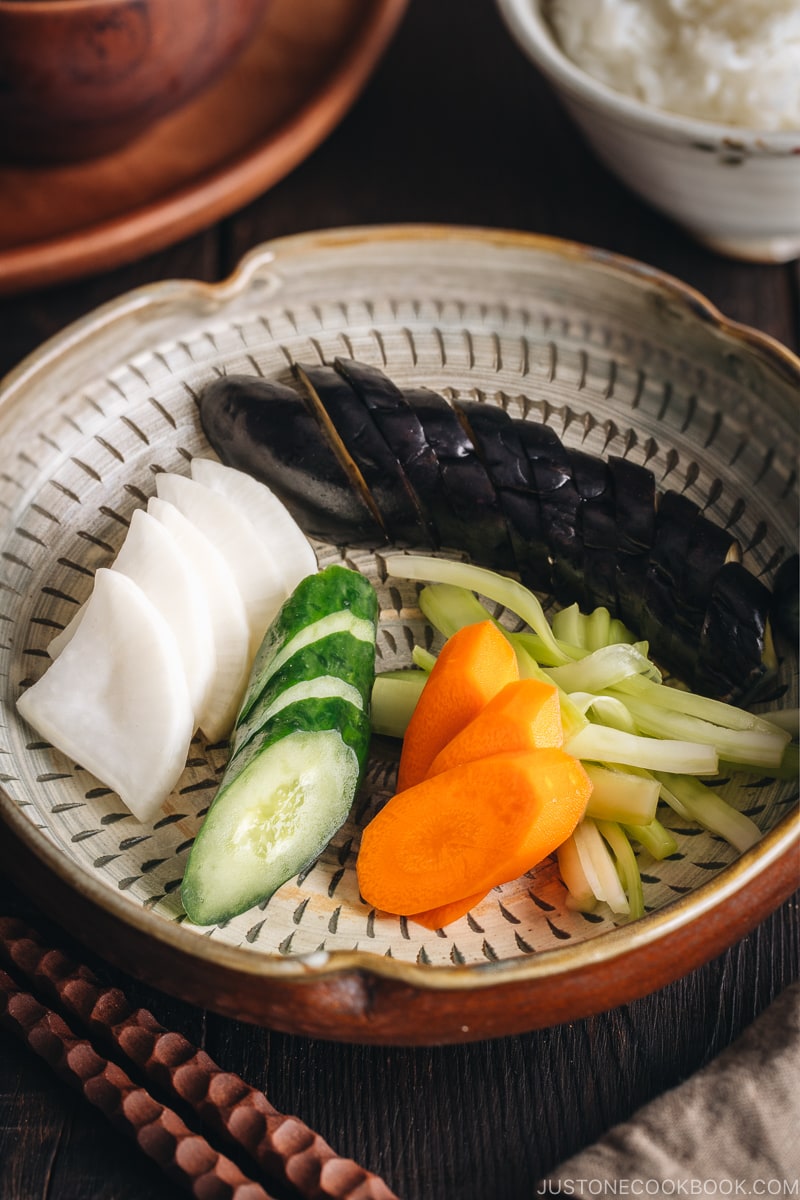
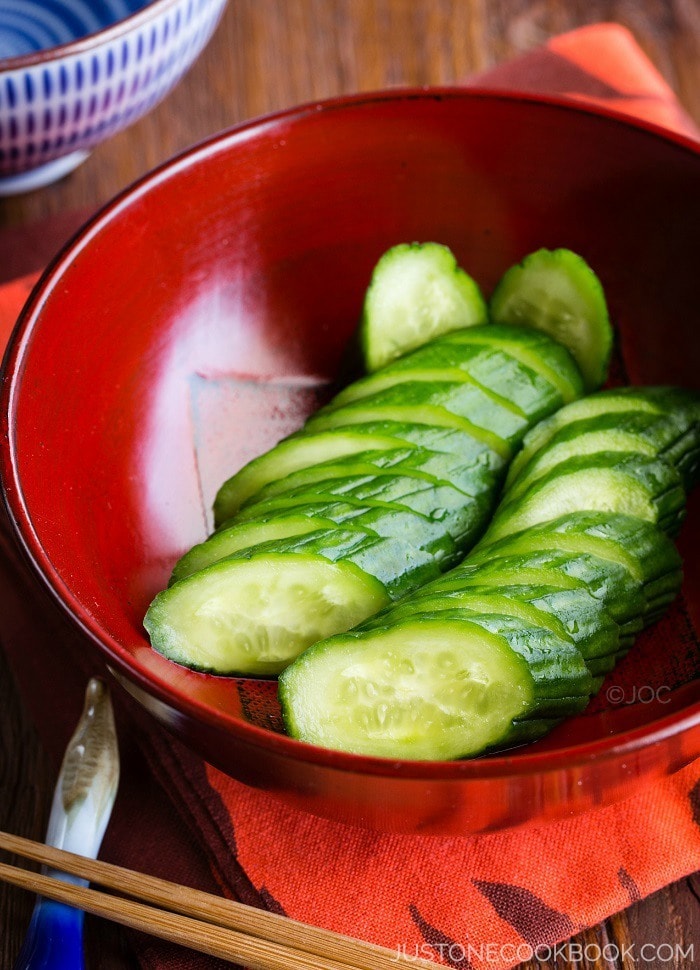
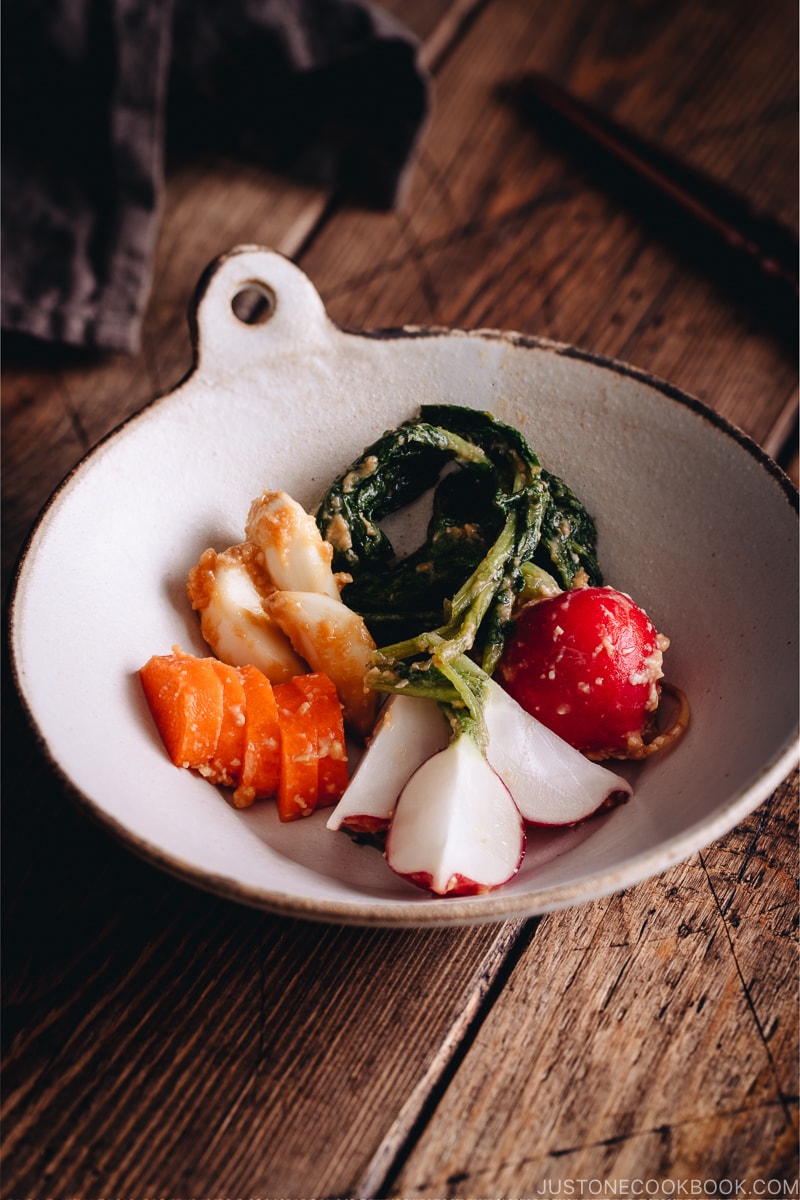
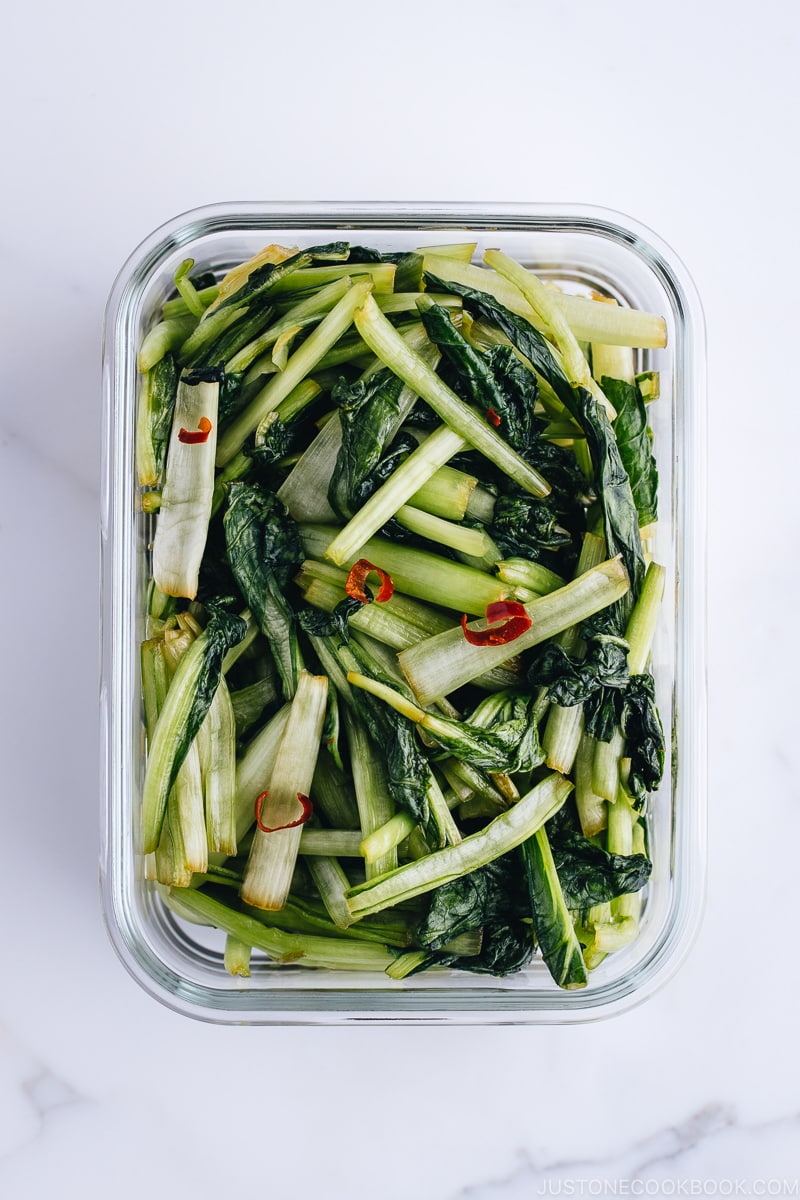
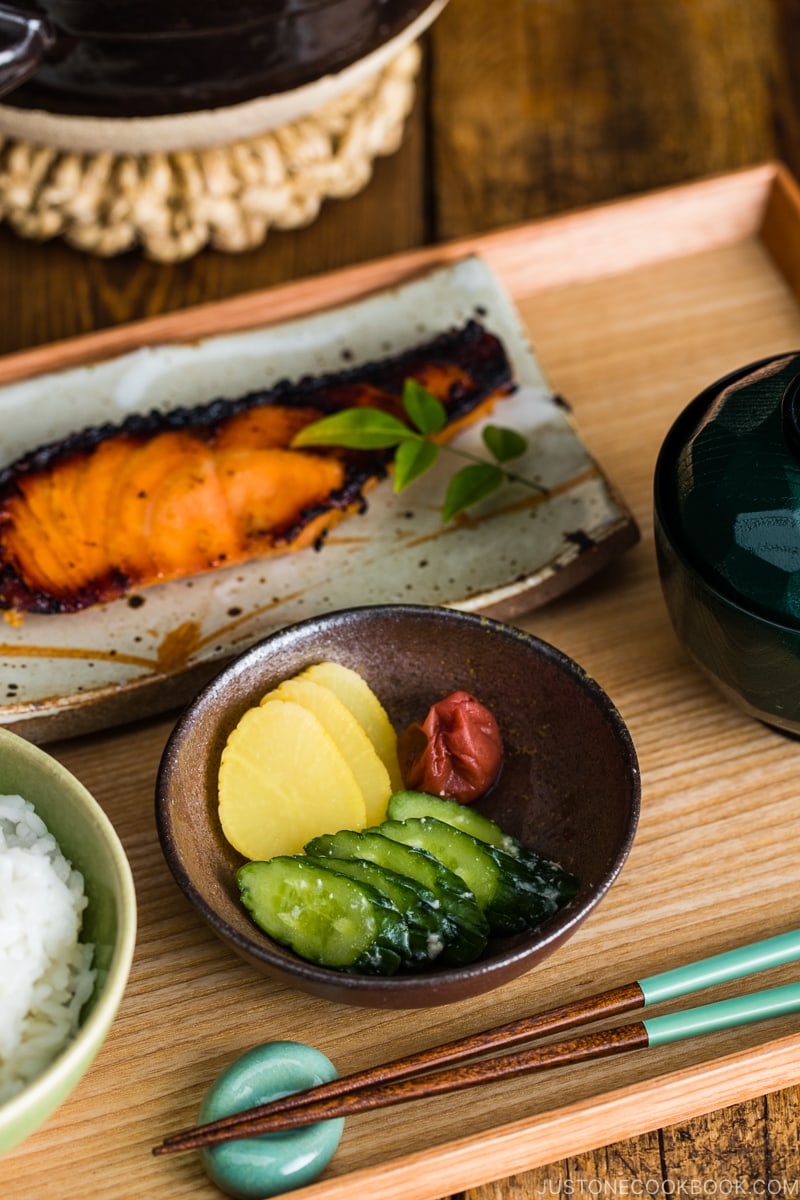
No comments:
Post a Comment